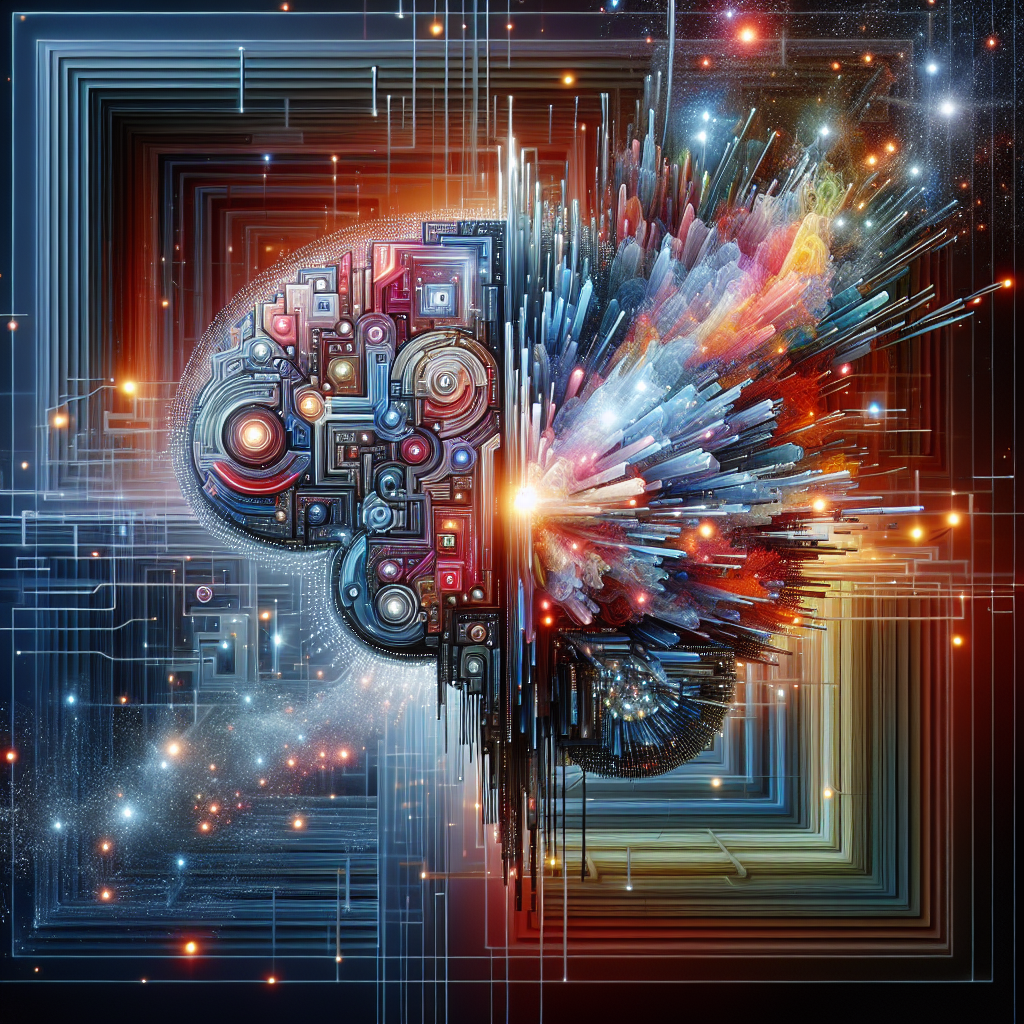Generative AI: Empowering Artists to Push the Boundaries of Creativity
Artificial intelligence (AI) has been making waves in various industries, from healthcare to finance to transportation. One of the most exciting applications of AI in recent years has been in the field of art and creativity. Generative AI, in particular, has been empowering artists to push the boundaries of creativity and create truly unique and innovative works of art.
Generative AI refers to AI algorithms that are able to generate new content, such as images, music, or text, based on patterns and data they have been trained on. These algorithms are capable of creating original, never-before-seen content that can inspire and challenge human creativity. By leveraging the power of machine learning and neural networks, generative AI has the potential to revolutionize the way we think about art and creativity.
One of the most well-known examples of generative AI in the art world is the use of deep learning algorithms to create realistic images of human faces. These algorithms are trained on thousands of images of human faces, learning the patterns and features that make up a face. Once trained, the algorithm can generate new images of faces that are indistinguishable from real photographs. This technology has been used in a variety of applications, from creating realistic avatars for video games to generating lifelike portraits for artists.
Generative AI has also been used to create music, with algorithms that can compose original pieces based on a dataset of existing music. These algorithms are able to mimic the style and structure of a particular composer or genre, creating new music that is both familiar and innovative. This technology has the potential to revolutionize the music industry, allowing artists to collaborate with AI to create new and exciting compositions.
In the world of visual art, generative AI has enabled artists to explore new techniques and styles that were previously impossible. By training algorithms on a dataset of art history, artists can create new works that pay homage to the masters while also pushing the boundaries of traditional art. These algorithms can generate new paintings, sculptures, and other visual art forms that challenge our perception of what is possible in art.
One of the key benefits of generative AI in the art world is its ability to inspire and challenge human creativity. By working with AI algorithms, artists can explore new ideas and techniques that they may not have considered on their own. This collaboration between human and machine can lead to truly groundbreaking works of art that push the boundaries of creativity and innovation.
FAQs
Q: Is generative AI replacing human artists?
A: No, generative AI is not replacing human artists. Instead, it is empowering artists to explore new ideas and techniques that were previously impossible. Human creativity is still essential in the art world, and AI is simply a tool that artists can use to enhance their creative process.
Q: Are AI-generated artworks considered original?
A: The question of whether AI-generated artworks are considered original is a complex one. While the content generated by AI algorithms is technically original, as it has never been seen before, there is debate over whether it can truly be considered art. Some argue that art requires human intention and emotion, which AI lacks. Others believe that AI-generated art can be just as valid as human-created art, as it is a product of human creativity and ingenuity.
Q: How can artists get started with generative AI?
A: Artists interested in exploring generative AI can start by familiarizing themselves with the technology and tools available. There are a variety of online resources and tutorials that can help artists learn how to use AI algorithms to create art. Additionally, there are software platforms and libraries specifically designed for artists, such as RunwayML and DeepArt.io, that make it easy to get started with generative AI.
Q: What are the ethical implications of generative AI in art?
A: There are a number of ethical implications to consider when using generative AI in art. One concern is the issue of copyright and ownership, as AI algorithms can generate content that may resemble existing works. Additionally, there are questions about the role of AI in the creative process and whether it diminishes the value of human creativity. It is important for artists and technologists to consider these ethical implications and work towards solutions that respect the rights and intentions of all parties involved.
In conclusion, generative AI has the potential to revolutionize the way we think about art and creativity. By empowering artists to push the boundaries of what is possible, AI algorithms are enabling new forms of expression and innovation. While there are still many questions to be answered about the role of AI in the art world, one thing is clear: generative AI is here to stay, and it is changing the way we create and appreciate art.

